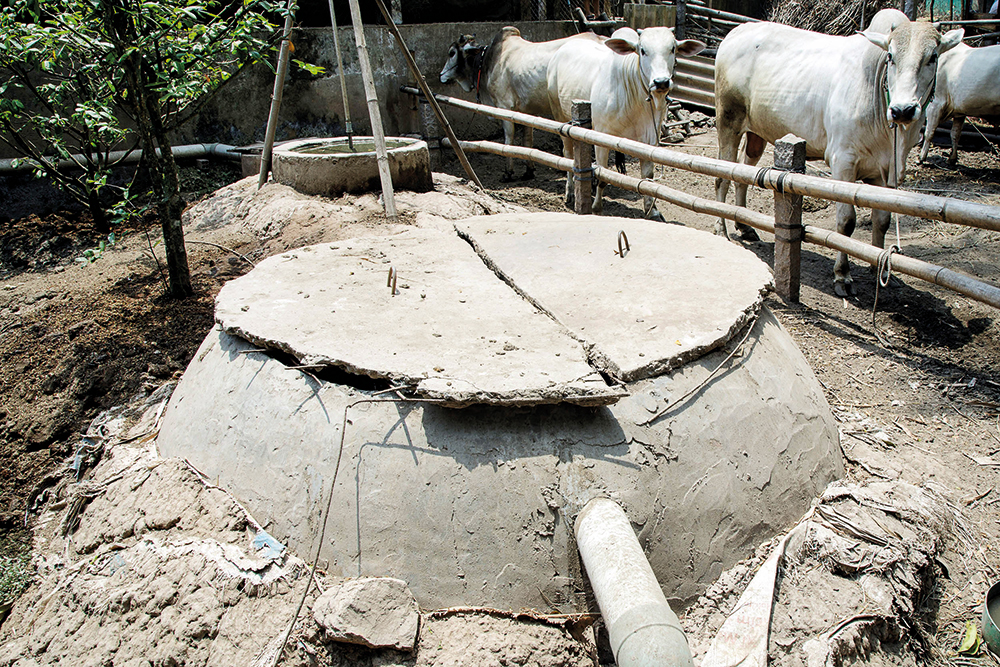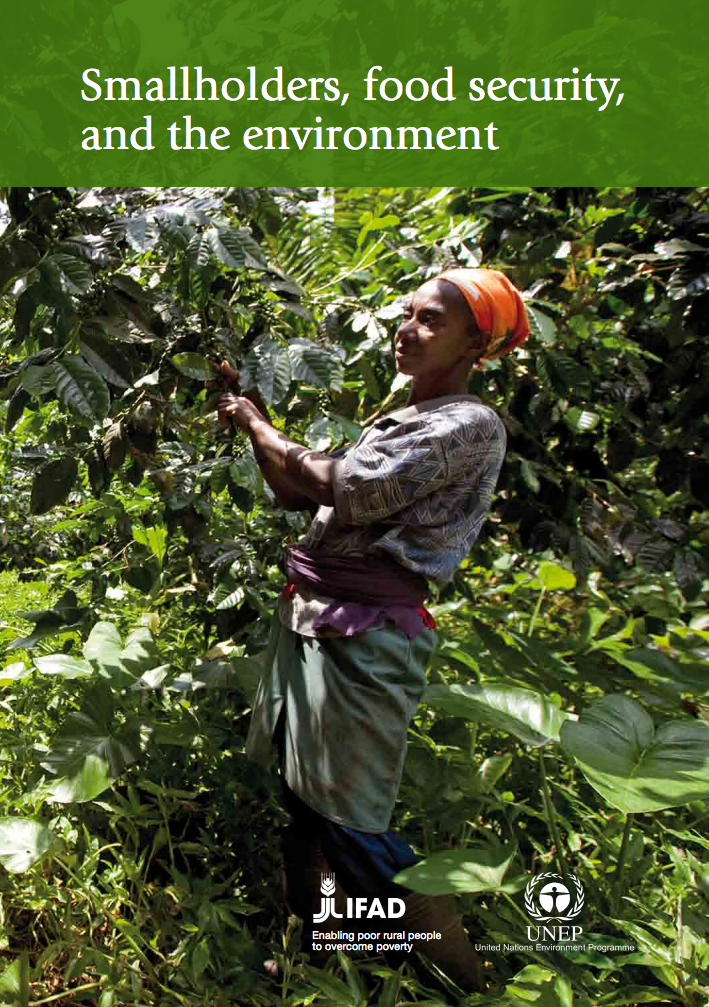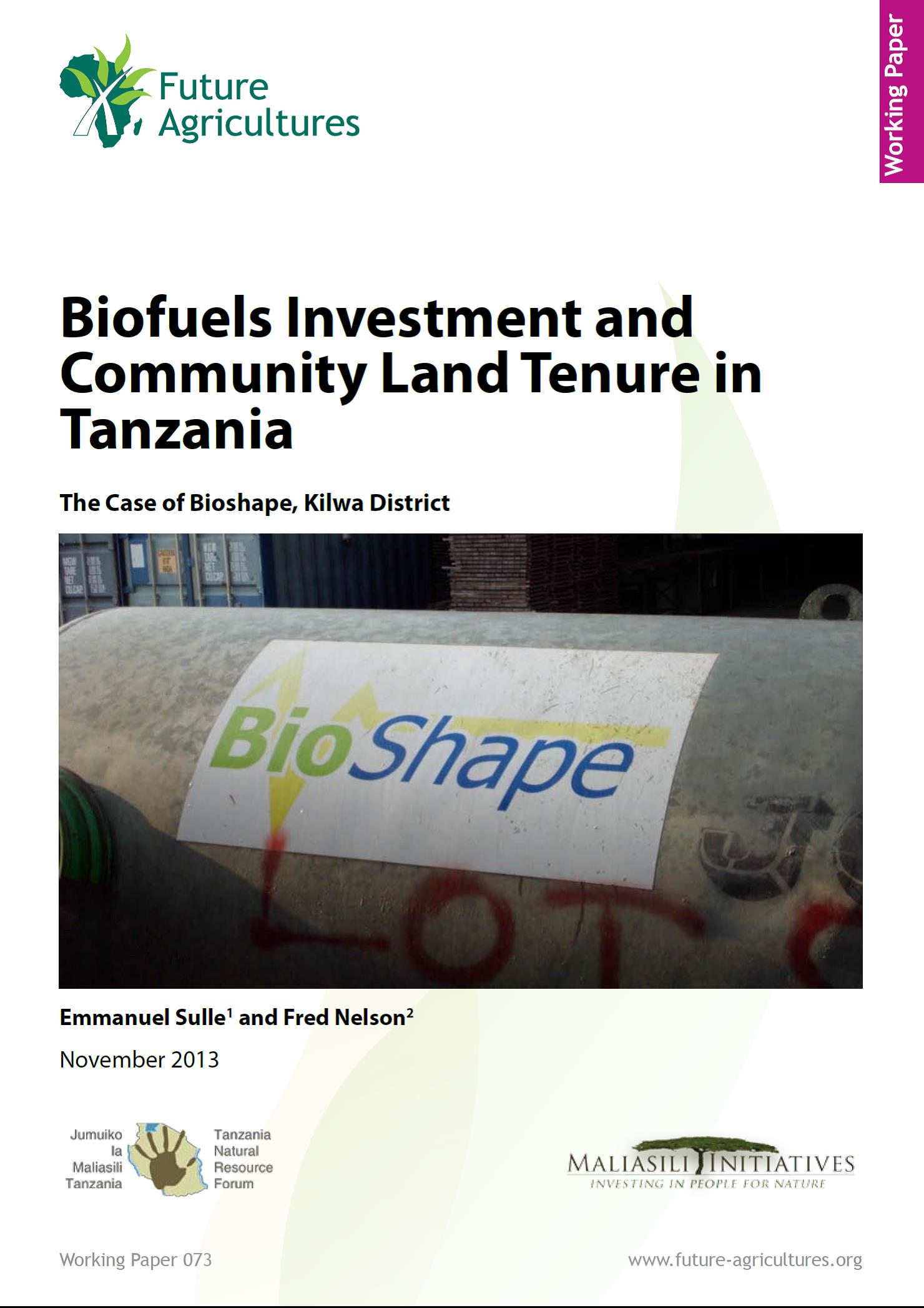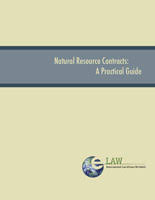Women, Food and Land: Understanding the impact of gender on nutrition, food security and community resilience in Lao PDR
ABSTRACTED FROM EXECUTIVE SUMMARY: This report highlights important dimensions of food security in rural Lao PDR, including: the different gender roles in agriculture; reliance on community-level social cohesion as both a coping mechanism and means of livelihood; and the ongoing challenge of shifting rural livelihoods from a subsistence basis towards market-orientation. The findings of this report give a snapshot of rural livelihoods and practice.









